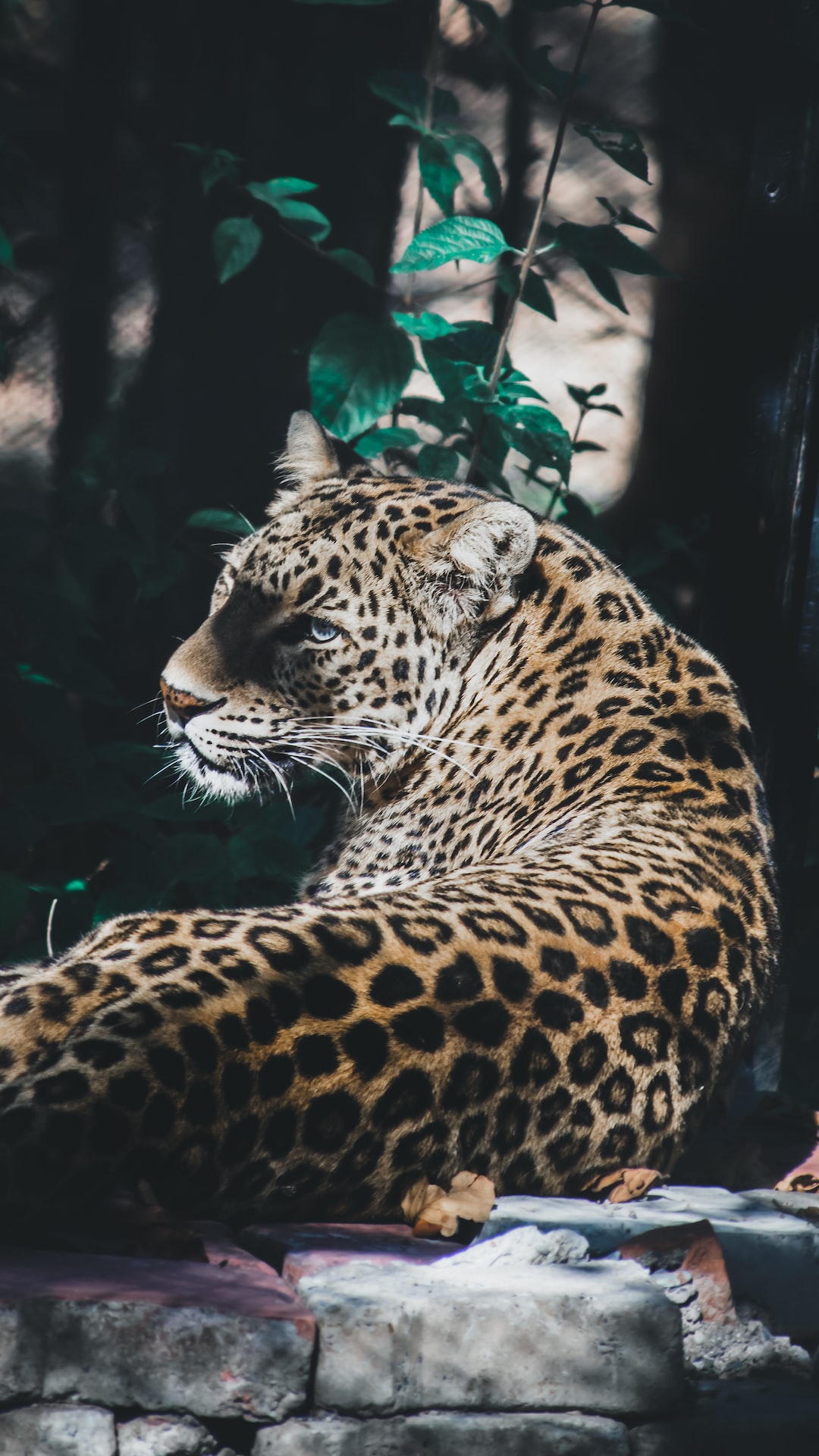Camouflage Masters: Animals That Blend Perfectly into Their Surroundings
Nature has an astonishing way of adapting and evolving. One of the remarkable adaptations found in the animal kingdom is camouflage. Many animals have developed incredible skills to blend seamlessly into their surroundings, making it nearly impossible to distinguish them from their environment. Let’s delve into the world of camouflage masters and explore some of the most astonishing examples of natural deception.
One of the most famous and striking examples of camouflage is the chameleon. With their ability to change color, chameleons can blend in with their background effortlessly. They can adjust their coloration to match the hue and pattern of the surface they are sitting on. This remarkable skill not only helps them hide from predators but also enables them to sneak up on their prey without being noticed. It’s astonishing to witness a chameleon disappear into thin air, transforming into a part of the foliage.
In the depths of the ocean, the mimic octopus takes camouflage to a whole new level. This incredible creature can mimic the appearance of other marine animals, including lionfish, sea snakes, and even jellyfish. By imitating the shape, color, and motion of these potential predators or prey, the mimic octopus confuses its own predators and avoids becoming a meal. Its talent for blending in with various disguises is truly awe-inspiring.
Moving from the underwater world to the deserts of Africa, we encounter the masters of stealth—the sand gazelles. Living in one of the most unforgiving environments, these gazelles have evolved a unique adaptation to the barren landscapes. Their fur is a perfect match for the color of the sand dunes, making them practically invisible to predators. Their ability to blend in allows them to remain camouflaged until the last possible moment, surprising predators with their incredible speed and agility.
In the bird kingdom, the tawny frogmouth owl showcases its extraordinary camouflage abilities. Resembling a broken tree branch, the tawny frogmouth owl remains motionless during the day, perfectly blending into the tree trunk it perches on. Its feathers have a rough texture, providing additional camouflage. This incredible adaptation ensures that the owl is essentially invisible to its prey, allowing it to patiently wait for unsuspecting insects to come into its range.
While many animals rely on blending into their environment, some predators have perfected the art of camouflage to disguise themselves as harmless objects. The satanic leaf-tailed gecko, found in Madagascar, can effortlessly mimic decaying leaves. With its flat body, jagged edges, and mottled coloration, the gecko creates the illusion of a dead leaf. This extraordinary adaptation helps it remain hidden from predators and enables it to ambush unsuspecting insects that come its way.
Lastly, we turn our attention to the sea, where another camouflage expert resides—the leafy sea dragon. Resembling floating seaweed, this remarkable creature is covered in intricate appendages that resemble leaves. With its elaborate camouflage, the leafy sea dragon becomes part of the underwater foliage, making it remarkably difficult to spot. Its disguise not only offers protection from predators but also allows it to ambush small prey by remaining motionless until the right moment.
In conclusion, the world is full of incredible camouflage masters. These animals have evolved the ability to morph into their surroundings, ensuring their survival and success in their respective ecosystems. From the chameleon’s color-changing abilities to the mimic octopus’s shape-shifting talents, nature continues to inspire and astonish us with its ingenuity. By blending seamlessly into their surroundings, these animals play out the ultimate game of hide and seek, perpetuating the timeless battle between predator and prey. The art of camouflage reminds us of the beauty and complexity of the natural world and the remarkable abilities possessed by its hidden inhabitants.

